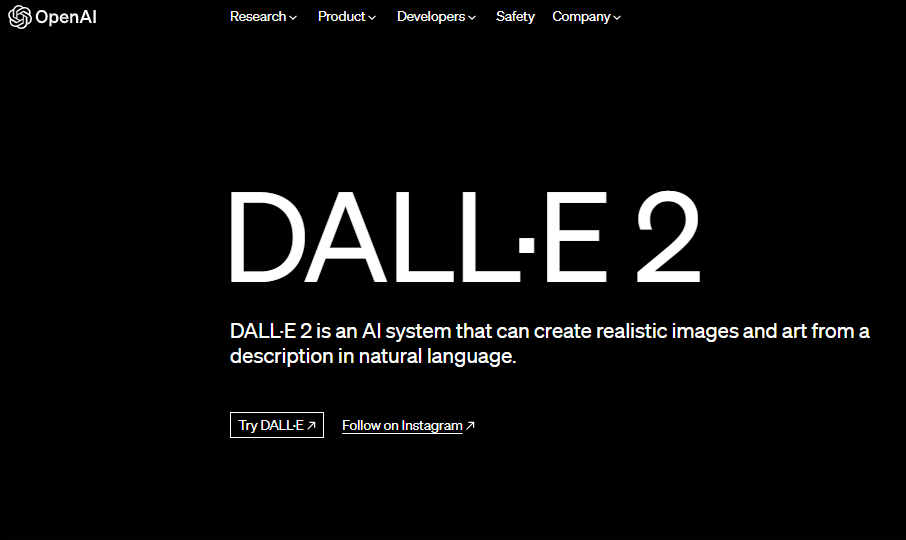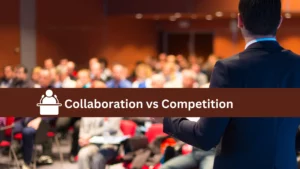DALL-E2 is a state-of-the-art algorithmic system developed by OpenAI, a leading artificial intelligence research laboratory. The system is trained to create images of objects that do not exist in reality, based on human language descriptions given to it. For example, it can create an image of a “giraffe wearing a cowboy hat” or a “pizza with a slice missing.” DALL-E2 is an incredible technological breakthrough and has sparked widespread interest in its potential applications and implications.
DALL·E 2 is a revolutionary product created by OpenAI (openai.com) that has taken the world by storm. This remarkable technology uses deep learning algorithms to generate high-quality images from textual descriptions. This means that users can simply type in a description of the image they want to create and DALL·E 2 will generate it for them, making it an incredibly powerful and versatile tool for designers, artists, and creatives of all stripes.
One of the most intriguing aspects of DALL-E2 is its ability to create visual representations of abstract concepts, such as emotions and ideas. For example, it can generate images of “hope” or “love” based on the language descriptions it receives. This has huge implications for the advertising and marketing industries, as it opens up new possibilities for creating visual brand experiences that transcend traditional product imagery.
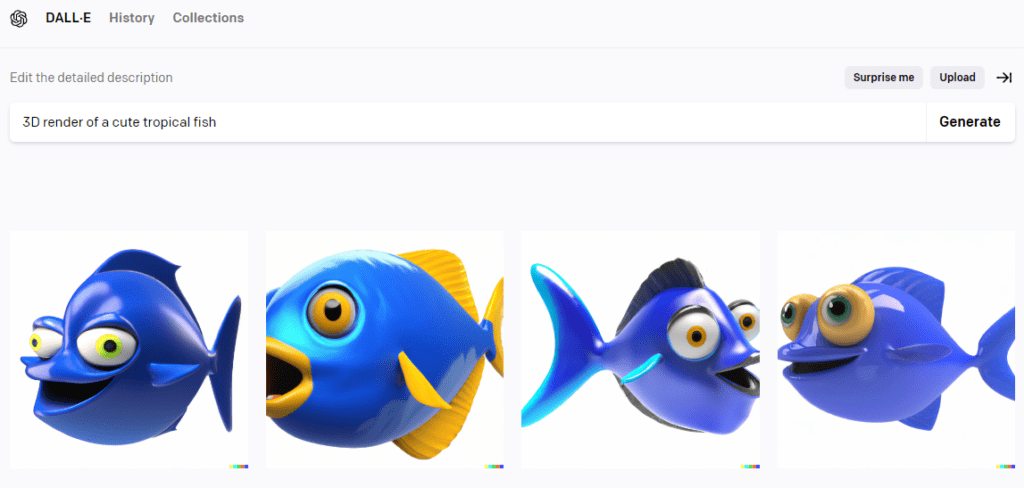
Another important theme related to DALL-E2 is the ethical considerations surrounding the use of AI and algorithms to create visual content. While there are many potential benefits to this technology, there are also concerns about its impact on jobs, creativity, and the very nature of art itself. Some experts fear that the rise of algorithmic content creation could lead to a homogenization of visual culture, with fewer opportunities for human creativity and individual expression.
Finally, one interesting application of DALL-E2 could be in the field of scientific research and discovery. For example, it could be used to visualize complex scientific concepts that are difficult to represent through traditional means. This could lead to new breakthroughs and discoveries in fields such as physics, chemistry, and biology.
DALL·E2 is a generative AI model that can create images from text prompts. Here are some examples of prompts that DALL·E2 can use:
A cat wearing a hat
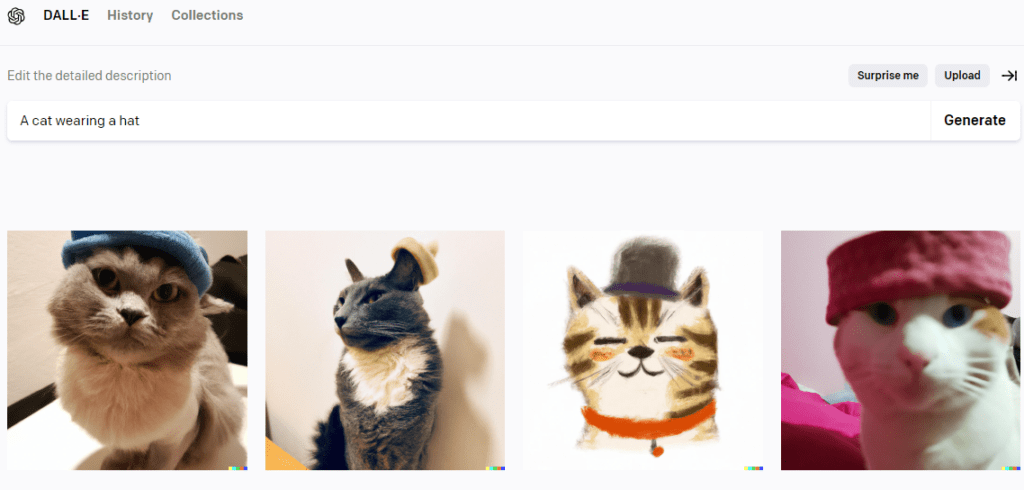
A pineapple pizza with pepperoni
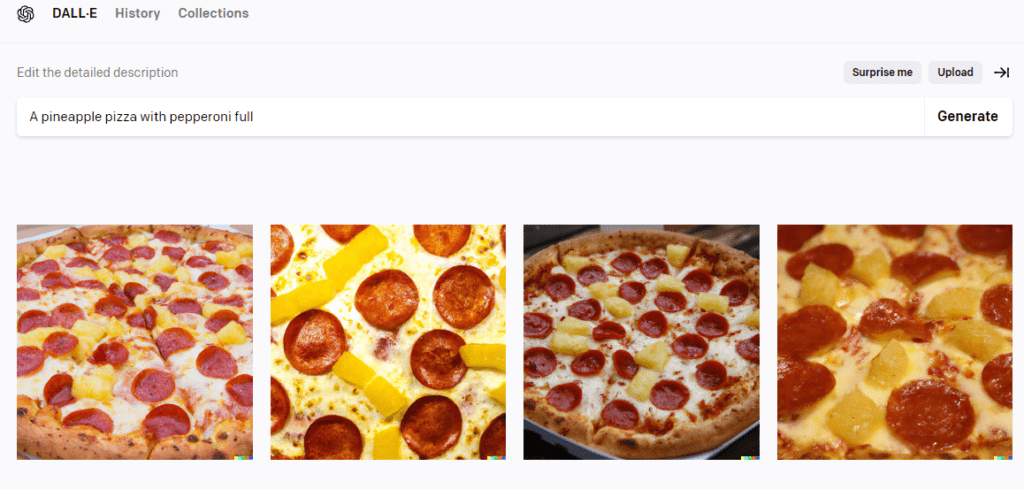
A clock made of cheese
A snail with a human face
A unicorn playing a guitar
A dragon breathing fire
A sandwich with lettuce and tomato
A castle made of ice
A dog wearing glasses
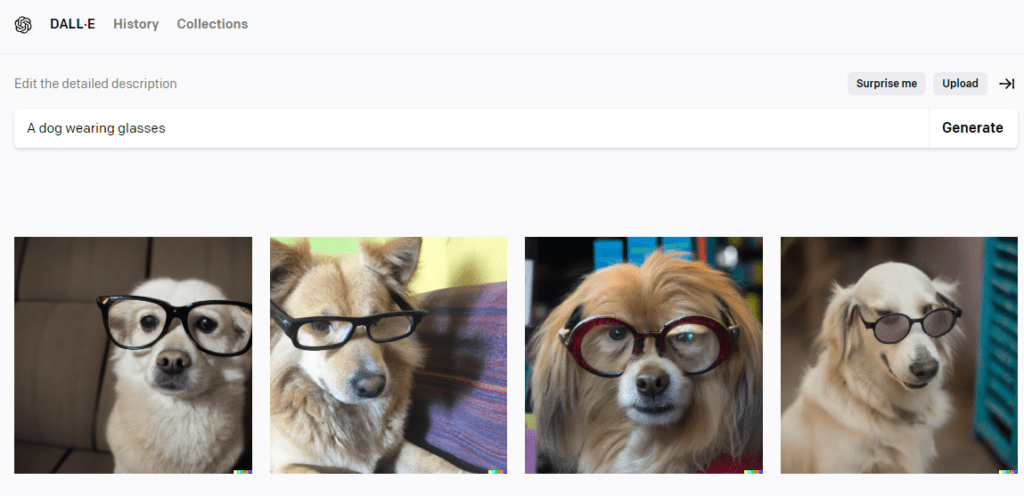
How to create AI photos with DALL-E 2
DALLE 2 is capable of generating creative, realism-based artwork from text descriptions. It can mix ideas, traits, and fashions.
Conclusion
DALL-E2 is an exciting and innovative new technology that has the potential to transform many different fields. While there are certainly challenges and ethical considerations that must be addressed, there is no doubt that this technology will continue to shape the future of visual media and art.
